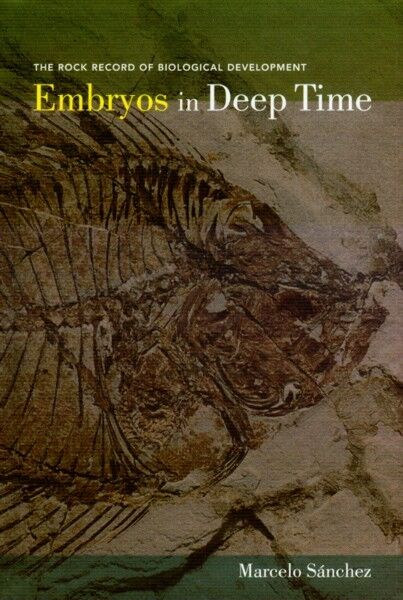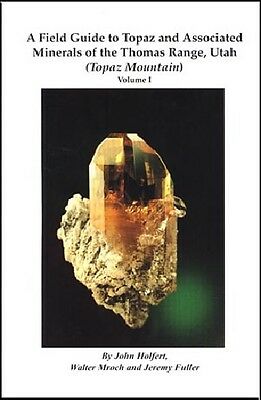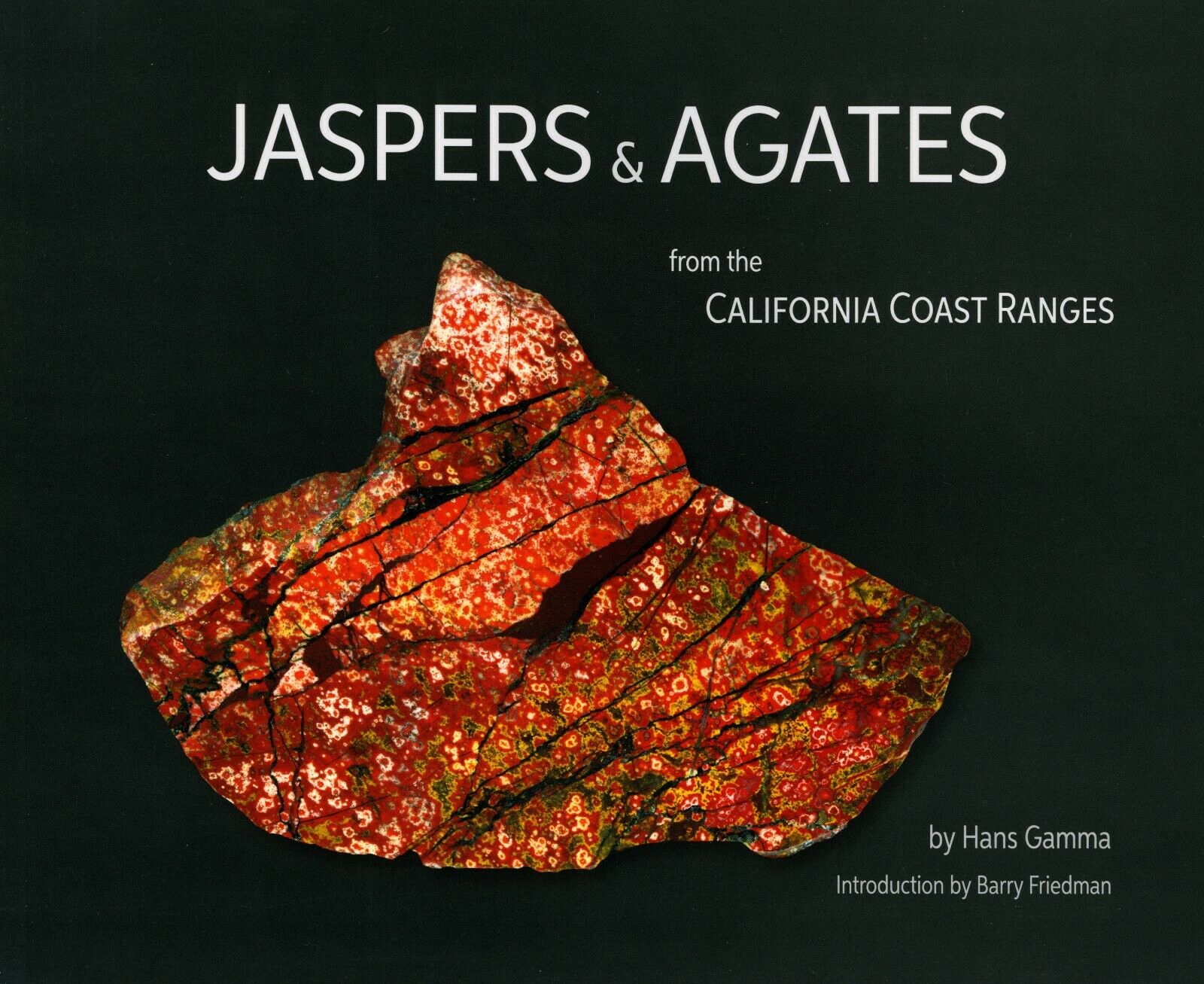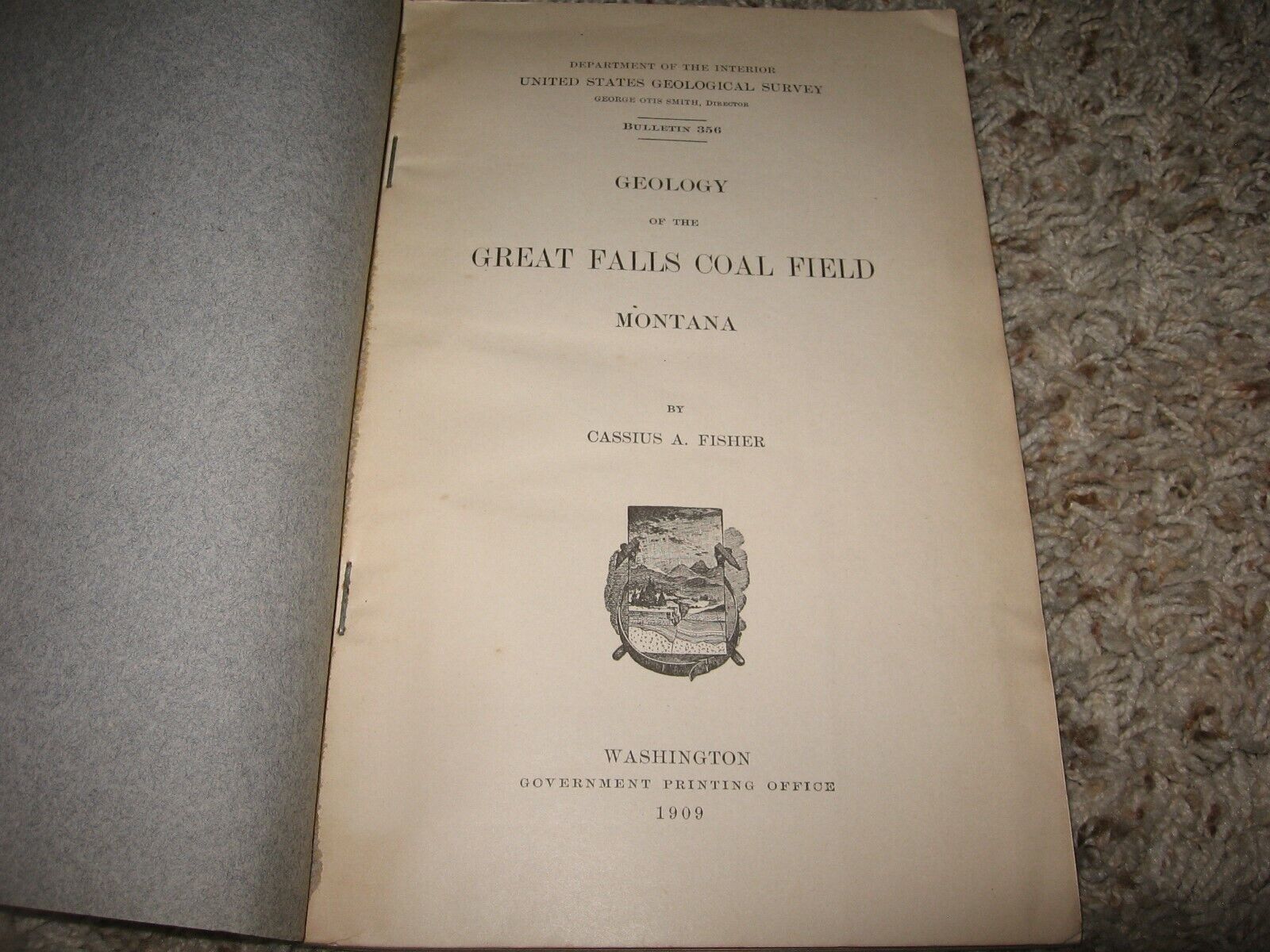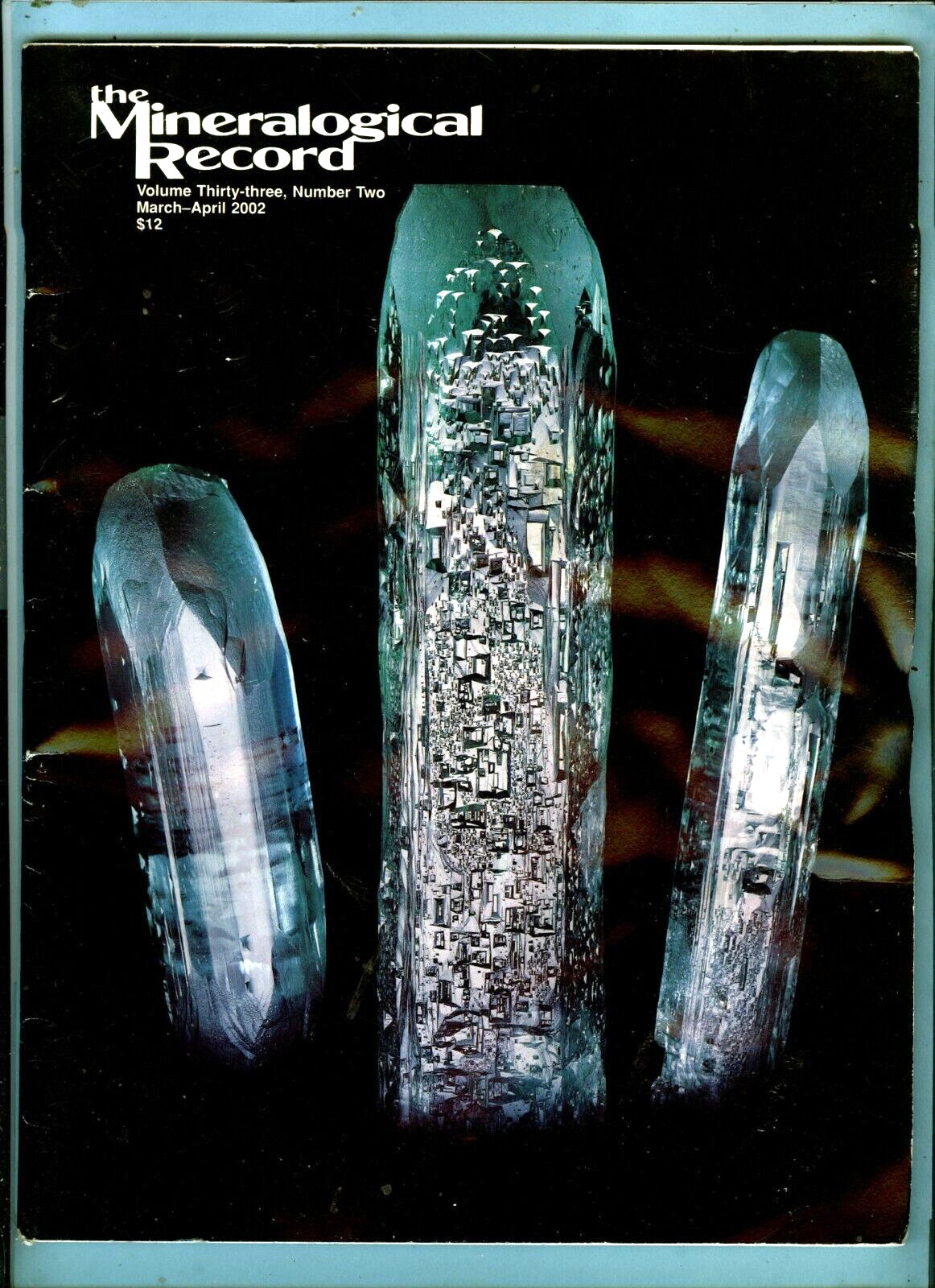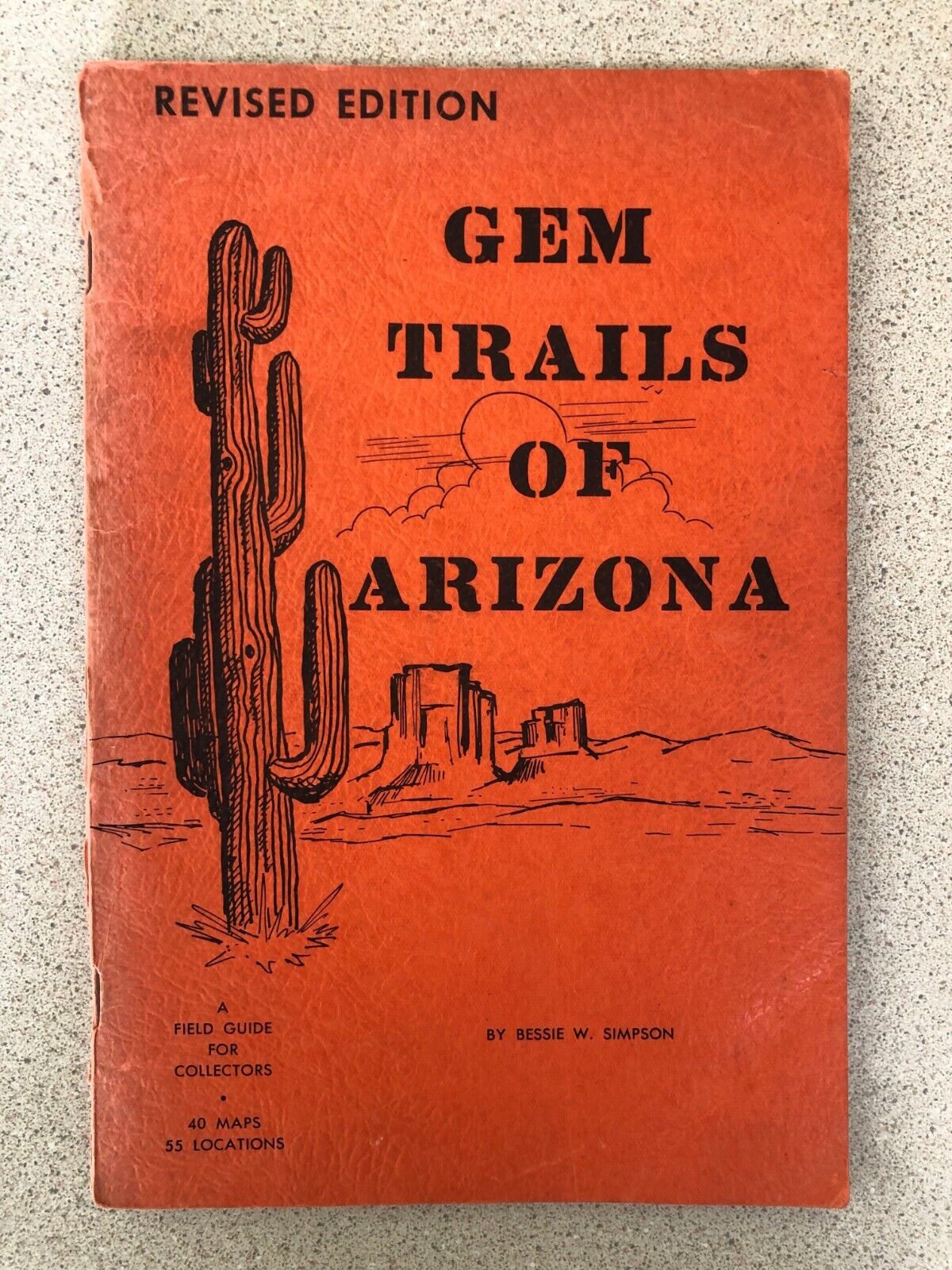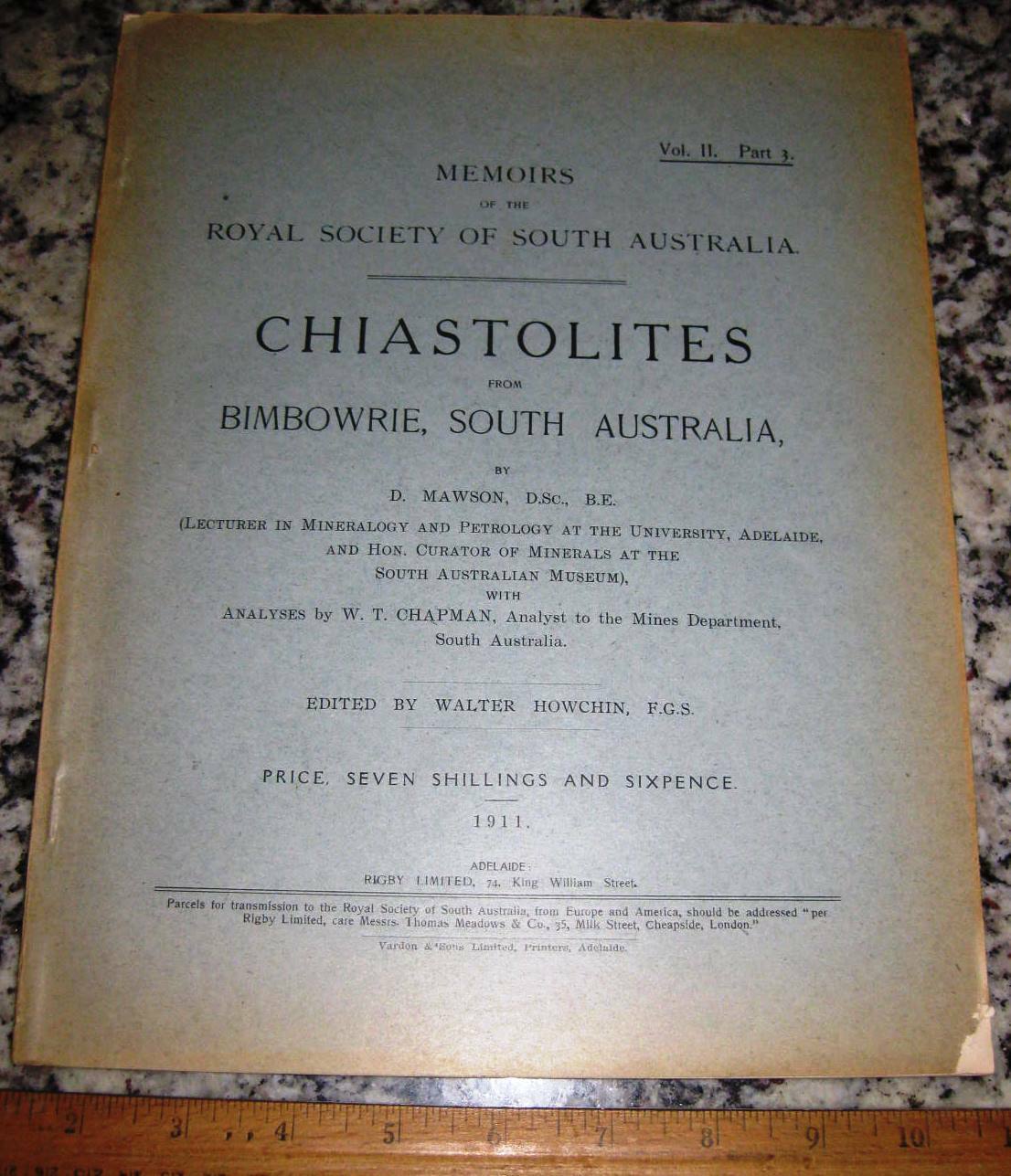-40%
NEW Fossil Dinosaur Embryos Genetics Marine Evolution Climate Ecological Changes
$ 68.63
- Description
- Size Guide
Description
Embryos in Deep Time: The Rock Record of Biological Development by Marcelo R. Sanchez.NOTE
: We have 75,000 books in our library, almost 10,000 different titles. Odds are we have other copies of this same title in varying conditions, some less expensive, some better condition. We might also have different editions as well (some paperback, some hardcover, oftentimes international editions). If you don’t see what you want, please contact us and ask. We’re happy to send you a summary of the differing conditions and prices we may have for the same title.
DESCRIPTION:
Hardcover (with printed boards). Publisher: University of California (2012). Pages: 265. Size: 8¼ x 5½ inches; 1¼ pounds..
How can we bring together the study of genes, embryos and fossils? “Embryos in Deep Time” is a critical synthesis of the study of individual development in fossils. It brings together an up-to-date review of concepts from comparative anatomy, ecology and developmental genetics, and examples of different kinds of animals from diverse geological epochs and geographic areas.
Can fossil embryos demonstrate evolutionary changes in reproductive modes? How have changes in ocean chemistry in the past affected the development of marine organisms? What can the microstructure of fossil bone and teeth reveal about maturation time, longevity and changes in growth phases? This book addresses these and other issues and documents with numerous examples and illustrations how fossils provide evidence not only of adult anatomy but also of the life history of individuals at different growth stages. The central topic of Biology today—the transformations occurring during the life of an organism and the mechanisms behind them—is addressed in an integrative manner for extinct animals.
CONDITION
: NEW. New hardcover (with printed boards, no dustjacket, as published). University of California (2012) 265 pages. Unblemished, unmarked, pristine in every respect. Pages are pristine; clean, crisp, unmarked, unmutilated, tightly bound, unambiguously unread. Satisfaction unconditionally guaranteed. In stock, ready to ship. No disappointments, no excuses. PROMPT SHIPPING! HEAVILY PADDED, DAMAGE-FREE PACKAGING! Selling rare and out-of-print ancient history books on-line since 1997. We accept returns for any reason within 14 days! #8402a.
PLEASE SEE DESCRIPTIONS AND IMAGES BELOW FOR DETAILED REVIEWS AND FOR PAGES OF PICTURES FROM INSIDE OF BOOK.
PLEASE SEE PUBLISHER, PROFESSIONAL, AND READER REVIEWS BELOW.
PUBLISHER REVIEWS
:
REVIEW
: Can fossil embryos demonstrate evolutionary changes in reproductive modes? How have changes in ocean chemistry in the past affected the development of marine organisms? And, what can the microstructure of fossil bone and teeth reveal about maturation time, longevity and changes in growth phases? This book addresses these and other issues.
REVIEW
: Table of Contents.
Acknowledgments.
Prologue.
1. Fossils, Ontogeny, and Phylogeny.
2. Evo-Devo, Plasticity, and Modules.
3. Fossilized Vertebrate Ontogenies.
4. Bones and Teeth under the Microscope.
5. Proportions, Growth, and Taxonomy.
6. Growth and Diversification Patterns.
7. Fossils and Developmental Genetics.
8. Missing Links and the Evolution of Development.
9. Mammalian and Human Development.
10. On Trilobites, Shells, and Bugs.
Epilogue: Is There a Moral to Developmental Paleontology?
Notes.
Bibliography.
Index.
REVIEW
: Dr. Marcelo Sanchez is an Assistant Professor for Paleontology at the Palaontologisches Institut und Museum der Universitat Zurich.
PROFESSIONAL REVIEWS
:
REVIEW
: The author writes from an extensive personal knowledge of this subject, discussing his own research as well as others in this field. His brief prologue ends with an apt statement: “Ultimately, each book presents a personal take on a matter, and this is no exception.”
Embryos in Deep Time, Sanchez’ ‘personal take,’ is an in-depth summary of what the fossil record reveals about development, a synthesis of current research in the disciplines of comparative anatomy, ecology and developmental genetics, embryology and paleontology. The book is well edited, although some sentence constructions make it clear that the author’s first language is not English. This does not detract from the readability and adds to an engaging style. After the first few chapters, you are drawn into a world of long extinct creatures and long sentences do not matter anymore.
One of the book’s strengths is the use of different kinds of extinct and extant examples, from a wide range of geological epochs and geographical localities. It does not just concentrate on one group or continent and it asks an important question: can a study of fossil embryos demonstrate evolutionary changes in reproduction? The book is accessible to non-specialists, while still maintaining its appeal for paleontologists and evolutionary biologists, whether graduate students or established researchers, discussing >500 million years of evolution of life on Earth in just over 200 pages!
REVIEW
: What do paleontology and developmental biology have in common? Can one of them provide insights into the other? Marcelo Sanchez explores the close but not always recognized relationship between both disciplines.
How would you build your photographic family tree? You’d probably look for photos of all the relatives that you know or have heard about. But given the opportunity, would you choose photos that showed them in their 70s or 20s – or when they were infants? Whatever you choose, it will only represent one stage of the life of the person concerned. Wouldn’t it be nicer to allow the tree to share your relatives at different ages? Then it might be easier to notice that you and your cousin were actually extremely similar at 6, or that your aunt was almost identical to your grandma when both were 30.
A similar problem happens with our tree of life, “The organisms portrayed are static entities, usually adults with the recognizable features of their species”, argues Marcelo Sanchez, Professor of paleontology at the University of Zurich. But this stationary portrait of the evolution of life is dramatically changing and today, most scientists are aware that studying different stages of living beings, from fertilization to death, can help to build a better picture of the complex puzzle that is the history of life.
So developmental biology is key for understanding evolutionary relationships. And no one would deny that paleontology, the study of fossils, also is. But have you ever wondered how they can both work together?
Going back to our analogy, even if you tried to find photos of your relatives at different ages it would surely be much easier for the younger ones. You might consider yourself lucky to find just one picture of the sister of your great grandmother. A photo of her as a baby? Impossible!
In a situation that is similar for different reasons, finding fossilized embryos is a difficult task. This is not surprising. Even without being a paleontologist, one can imagine that it must be very hard to find an embryo that existed thousands or millions of years ago. In vertebrates, for instance, the skeleton is not always completely developed at embryonic stages, making its preservation more difficult. No less complicated is, once found, telling a fetus apart from a last meal, as both can be, “a small skeleton inside a larger one”, Sanchez explains in his book. Nonetheless, he confirms that fossil embryos do exist. Dinosaurs are the best documented group in vertebrates, followed by other reptilian ones. It’s a different story for mammals: given their viviparous nature, embryos of this group are found even more rarely.
But contrary to what the title of the book initially might suggest, we are not just talking about fossil embryos. Throughout the book, Sanchez argues that there are many ways of learning about development through the study of fossils. In one of the chapters, he gives a convincing example regarding the number of vertebrae and how they are distributed in the bodies of different animals. This number and its distribution are known to be determined by two important factors: a segmentation clock during embryogenesis, which results into the formation of blocks called somites; and the expression of the famous Hox genes. Given the vast fossil record of vertebrates, looking at the number of vertebrae in different regions of the body can show what was going on during the development of the fossils studied, including how fast the segmentation clock was ticking and the regulatory behavior of the Hox genes in those days. This is a clear example where, without having access to ancient embryos, one can actually ask and answer questions about the development of extinct animals.
The ideas and concepts discussed are definitely influenced by Sanchez’s own research, the integrative study of the evolution of vertebrate skeletons being one of his main focuses. But the book is not limited to this. It offers a well-documented diversity of examples, also including invertebrates, which are so difficult to find in the fossil record. Overall, the bibliographic and scientific research behind the book is appreciated. And so is his style. The book can easily be followed by readers with a basic knowledge of biology.
Finding ancient embryos in the field might be more difficult than digging out photos of your ancestors as babies. But the link between paleontology and developmental biology comes in many other flavors. Snchez, in his book, has shown that there is much more to explore and benefit from in this relationship.
REVIEW
: The author gives a concise and accessible account of the information that fossils provide on development from embryo to adult in different groups of extinct animals. Sanchez takes a very broad view of development: his treatment goes far beyond the “Embryos in Deep Time” of the title. Genes do not fossilize, and sequence data from ancient DNA and proteins do not survive for millions of years. But fossil evidence of ontogenies and growth, even if rarely preserved and sometimes only revealed by special preparation techniques, provide clues to evolutionary processes. Evolution acts on all stages of development, not just the adult, and juvenile characters can be useful in determining relationships.
The emphasis of the book is on vertebrates, reflecting Sanchez’s research interest in mammals, but invertebrate examples are also mentioned. Studies of variation in segment number in trilobites, for example, suggest greater developmental flexibility during the Cambrian explosion than later in the history of life. Sanchez writes for a general scientific audience, but the book provides an excellent introduction for biologists who might labor under the misapprehension that fossils have nothing to say about developmental evolution and genetics. The study of evolutionary development, or Evo-Devo, aims to identify the genetic controls on morphology, particularly on those large changes that can be effected by switching on or off developmental genes.
Such mechanisms offer an explanation for the profound and rapid shifts in morphology that occur, for example, during evolutionary radiations. The fossil record reveals the time scale and the order in which features appeared—a fossil from the Triassic of China, for example, shows that the ventral shell of turtles evolved before the dorsal. The author reviews many examples of development in fossil vertebrates. Ichthyosaurs and mosasaurs are known preserving fetuses, providing direct evidence of viviparity. Dinosaur eggs may preserve embryos, and there is evidence that certain dinosaurs brooded their eggs like birds today. Bone histology may reveal growth rates in dinosaurs, showing how they reached enormous sizes relatively quickly. Recognizing change in form during maturation (allometry) is important in taxonomy—to avoid assigning juvenile and adult to different species as has happened in the case of ground sloths, for example.
The impact of evolution on growth patterns is dramatically illustrated by the appearance of dwarf forms, such as elephants and mammoths, on islands. Some of the most exciting interactions of evolutionary development and paleontology involve identifying genetic mechanisms to explain major evolutionary changes revealed by fossils. Sanchez explains how the wings of bats, for example, may have evolved rapidly under the control of genes that promote the growth of skin between digits, and the reduction of the hind limb in dolphins and whales may reflect non-expression or loss of particular genes. As highlighted in Sanchez’s individual synthesis, fossils provide the only record of changes that took place in the past, while developmental genetics may provide a mechanism for fundamental evolutionary transformations. [Derek E. G. Briggs, Geology & Geophysics and Peabody Museum of Natural History, Yale University, New Haven, Connecticut].
REVIEW
: One of the few remaining frontiers in evolutionary biology is the integration of the fossil record with our newly gained understanding of developmental evolution. Few have the boldness to seriously venture into this poorly mapped scientific landscape. With this book, Marcelo Sanchez is setting up a camp there for coming generations of students who shall be able to explore the wilderness of this unsettled and unsettling intellectual territory. [Günter P. Wagner, Yale University].
REVIEW
: With feet firmly planted in the fossil record, paleontologist Marcelo Sanchez asks what can be learned about the development of fossils, and development in general, from the paleontological record. This wide-ranging book is ideal for those curious about fossils, evolution, and development. [Charles R. Marshall, University of California Museum of Paleontology, University of California, Berkeley].
REVIEW
: A comprehensive summary of cutting-edge evolutionary research in an academically rigorous but refreshingly accessible manner. [Developmental Dynamics].
REVIEW
: Sachez explains complex ideas simply and vividly, but also professionally and with no shortcuts...Enriching and stimulating. [Dmitry A. Ruban, Rostov am Don 'Palaontologie allgemein'].
REVIEW
: A captivating account of what the fossil record can say about development. [Trends In Ecology & Evolution].
REVIEW
: A light-hearted...narrative integrating some of the treasures of paleontology. [Evolution & Development].
REVIEW
: An original thinker, who can put it all together. [Acta Zoologica].
REVIEW
: Highly recommended. [Choice].
I always ship books Media Mail in a padded mailer. This book is shipped
FOR FREE
via USPS
INSURED
media mail (“book rate”). All domestic shipments and most international shipments will
include
free USPS Delivery Confirmation (you might be able to update the status of your shipment on-line at the
USPS Web Site
) and free insurance coverage. A small percentage of international shipments may require an additional fee for tracking and/or delivery confirmation. If you are concerned about a little wear and tear to the book in transit, I would suggest a boxed shipment - it is an extra .00. Whether via padded mailer or box, we will give discounts for multiple purchases. International orders are welcome, but shipping costs are substantially higher.
Most international orders cost an additional .99 to .99 for an
insured
shipment in a heavily padded mailer, and typically
includes
some form of rudimentary tracking and/or delivery confirmation (though for some countries, this is only available at additional cost). There is also a discount program which can cut postage costs by 50% to 75% if you’re buying about half-a-dozen books or more (5 kilos+). Rates and available services vary a bit from country to country. You can email or message me for a shipping cost quote, but I assure you they are as reasonable as USPS rates allow, and if it turns out the rate is too high for your pocketbook, we will cancel the sale at your request.
ADDITIONAL PURCHASES
do receive a
VERY LARGE
discount, typically about per book (for each additional book after the first) so as to reward you for the economies of combined shipping/insurance costs. Your purchase will ordinarily be shipped within 48 hours of payment. We package as well as anyone in the business, with lots of protective padding and containers.
All of our shipments are sent via insured mail so as to comply with PayPal requirements. We do NOT recommend uninsured shipments, and expressly disclaim any responsibility for the loss of an uninsured shipment. Unfortunately the contents of parcels are easily “lost” or misdelivered by postal employees – even in the USA. That’s why all of our domestic shipments (and most international) shipments
include
a USPS delivery confirmation tag; or are trackable or traceable, and all shipments (international and domestic) are insured. We do offer U.S. Postal Service Priority Mail, Registered Mail, and Express Mail for both international and domestic shipments, as well United Parcel Service (UPS) and Federal Express (Fed-Ex). Please ask for a rate quotation. We will accept whatever payment method you are most comfortable with. If upon receipt of the item you are disappointed for any reason whatever, I offer a no questions asked return policy. Send it back, I will give you a complete refund of the purchase price (less our original shipping costs).
Most of the items I offer come from the collection of a family friend who was active in the field of Archaeology for over forty years. However many of the items also come from purchases I make in Eastern Europe, India, and from the Levant (Eastern Mediterranean/Near East) from various institutions and dealers. Though I have always had an interest in archaeology, my own academic background was in sociology and cultural anthropology. After my retirement however, I found myself drawn to archaeology as well. Aside from my own personal collection, I have made extensive and frequent additions of my own via purchases on Ebay (of course), as well as many purchases from both dealers and institutions throughout the world - but especially in the Near East and in Eastern Europe. I spend over half of my year out of the United States, and have spent much of my life either in India or Eastern Europe. In fact much of what we generate on Yahoo, Amazon and Ebay goes to support The Hermitage Museum in St. Petersburg, as well as some other worthy institutions in Europe connected with Anthropology and Archaeology.
I acquire some small but interesting collections overseas from time-to-time, and have as well some duplicate items within my own collection which I occasionally decide to part with. Though I have a collection of ancient coins numbering in the tens of thousands, my primary interest is in ancient jewelry. My wife also is an active participant in the "business" of antique and ancient jewelry, and is from Russia. I would be happy to provide you with a certificate/guarantee of authenticity for any item you purchase from me. There is a fee for mailing under separate cover. Whenever I am overseas I have made arrangements for purchases to be shipped out via domestic mail. If I am in the field, you may have to wait for a week or two for a COA to arrive via international air mail. But you can be sure your purchase will arrive properly packaged and promptly - even if I am absent. And when I am in a remote field location with merely a notebook computer, at times I am not able to access my email for a day or two, so be patient, I will always respond to every email. Please see our
"ADDITIONAL TERMS OF SALE."
TRANSLATE
Arabic
Chinese
French
German
Greek
Indonesian
Italian
Hindi
Japanese
Korean
Swedish
Portuguese
Russian
Spanish
